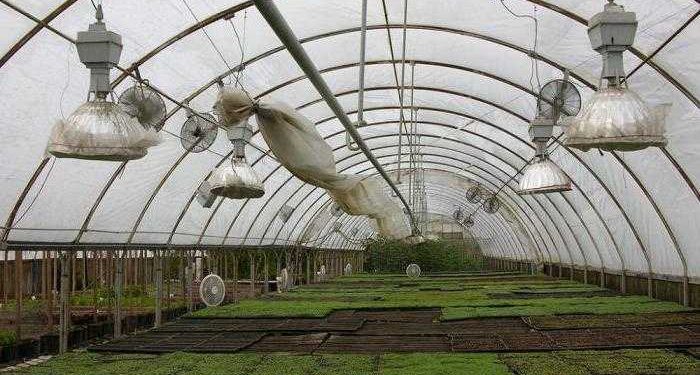#GreenhouseHeaters #AgriculturalInnovation #SustainableFarming #CropEnhancement #EnergyEfficiency
The global agricultural landscape is undergoing a transformation towards sustainability and efficiency. One of the key aspects contributing to this shift is the adoption of advanced technologies like greenhouse heaters. These innovative systems are poised to revolutionize the way crops are cultivated by providing optimal growing conditions, enhancing crop yield, and reducing the environmental footprint. In this report, we delve into the Greenhouse Heaters Market, analyzing its current state, development trajectory, and the significant consequences it brings to the agricultural sector.
Development and Market Trends
The Greenhouse Heaters Market has witnessed remarkable growth in recent years. According to a comprehensive report by Allied Market Research, the market size for greenhouse heaters was valued at $1.8 billion in 2021, and it is projected to reach an impressive $3.2 billion by 2031, reflecting a Compound Annual Growth Rate (CAGR) of 5.9% between 2022 and 2031.
Segmented by type, the market encompasses electric, gas, and oil-powered heaters. Notably, the electric segment is anticipated to experience the highest growth due to its cost-effectiveness and straightforward installation process. The market is further categorized by fuel type, with propane, natural gas, and LPG (liquefied petroleum gas) being the main contenders.
Environmental Benefits and Crop Enhancement
Greenhouse heaters play a pivotal role in creating a controlled environment within greenhouses and other horticultural structures. By maintaining optimal temperature levels, these heaters facilitate year-round cultivation and protect crops from adverse weather conditions. A notable advantage is the reduction in reliance on traditional fuel sources, contributing to a more sustainable agricultural practice. The reduced carbon footprint aligns with global efforts to combat climate change.
Furthermore, the incorporation of greenhouse heaters has a direct impact on crop yield. By providing consistent warmth and protection against extreme cold, these systems promote healthier plant growth and mitigate the risk of frost damage. This enhancement in crop productivity not only ensures a stable food supply but also supports the economic well-being of farmers.
Driving Factors and Consequences
Several factors drive the escalating demand for greenhouse heaters. The growing global emphasis on energy-efficient systems in agriculture amplifies the market’s momentum. Farmers are increasingly recognizing the importance of adopting eco-friendly technologies to ensure a greener future. This shift towards sustainability bolsters the market’s growth as more agricultural stakeholders embrace advanced heating solutions.
The proliferation of greenhouse farms worldwide is another significant driver. As the population continues to rise, the need for efficient food production intensifies. Greenhouse heaters address this challenge by enabling year-round cultivation, thereby contributing to global food security.
Regional Perspectives
The market’s geographical distribution reveals intriguing trends. Europe emerges as a frontrunner in greenhouse heater adoption due to its substantial greenhouse farming industry. The continent’s commitment to sustainable practices aligns with the technology’s environmental benefits. Asia Pacific follows suit, with a surge in greenhouse construction, especially in countries with diverse climates. These regions are expected to drive substantial growth in the market.
Key Players and Innovations
Prominent players in the greenhouse heaters market include Armstrong International, Inc., Heat-Flo, Inc., F.B. Heaters, Inc., L.B. White Company, American Heat, Inc., and Reznor Ltd. These industry leaders are actively engaged in product innovation and strategic collaborations, aimed at further enriching their market presence. Their endeavors reflect the industry’s commitment to continuous improvement and advancement.
The Greenhouse Heaters Market stands at the crossroads of technological innovation and sustainable agriculture. With its potential to enhance crop yield, reduce environmental impact, and drive energy efficiency, greenhouse heaters are a critical component of the modern farming landscape. As global awareness of the benefits grows and the trend towards organic farming gains momentum, this market is poised for significant growth. The collaboration of key industry players and their pursuit of innovation further solidify the market’s trajectory towards a greener, more productive future.










